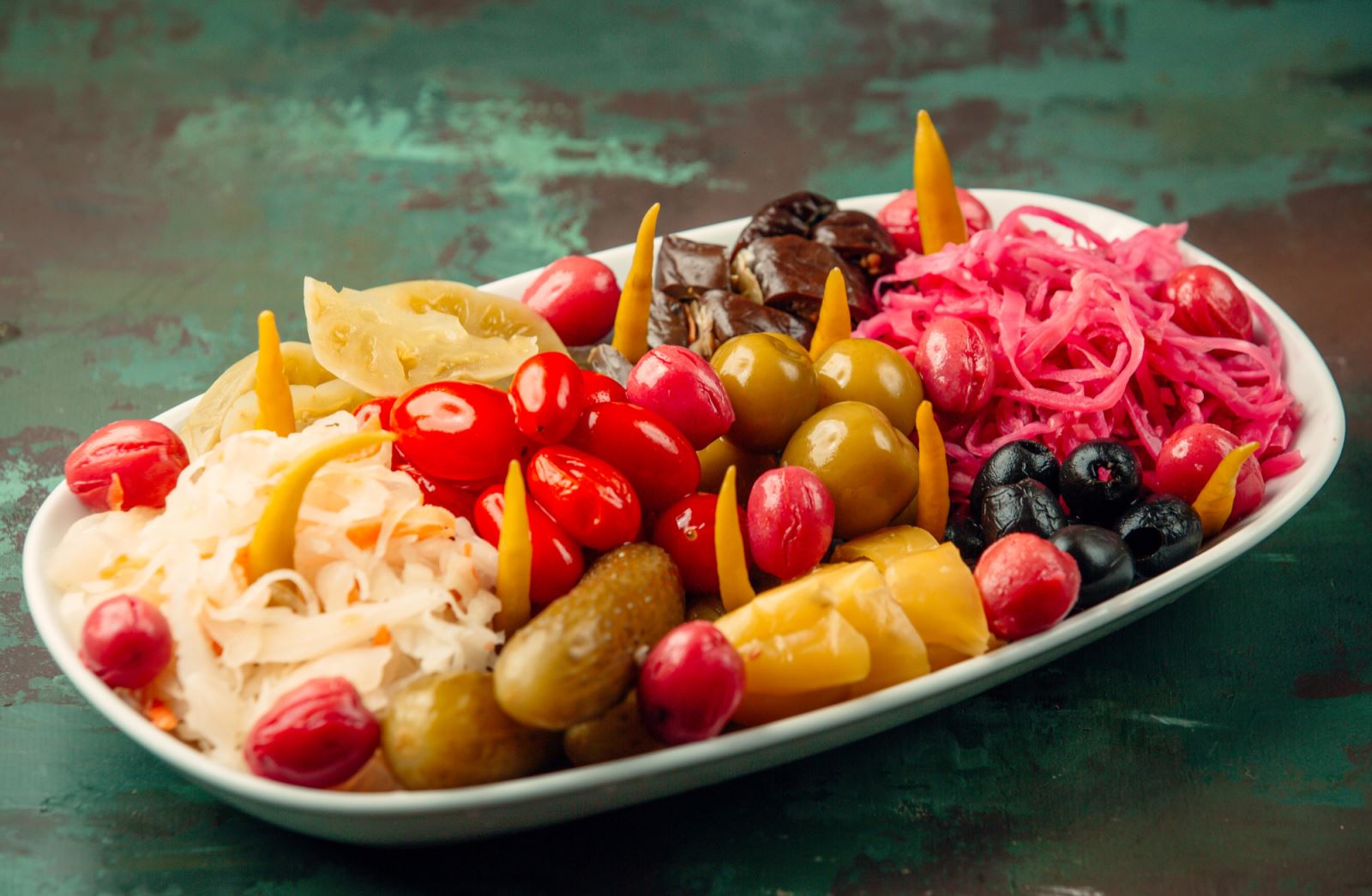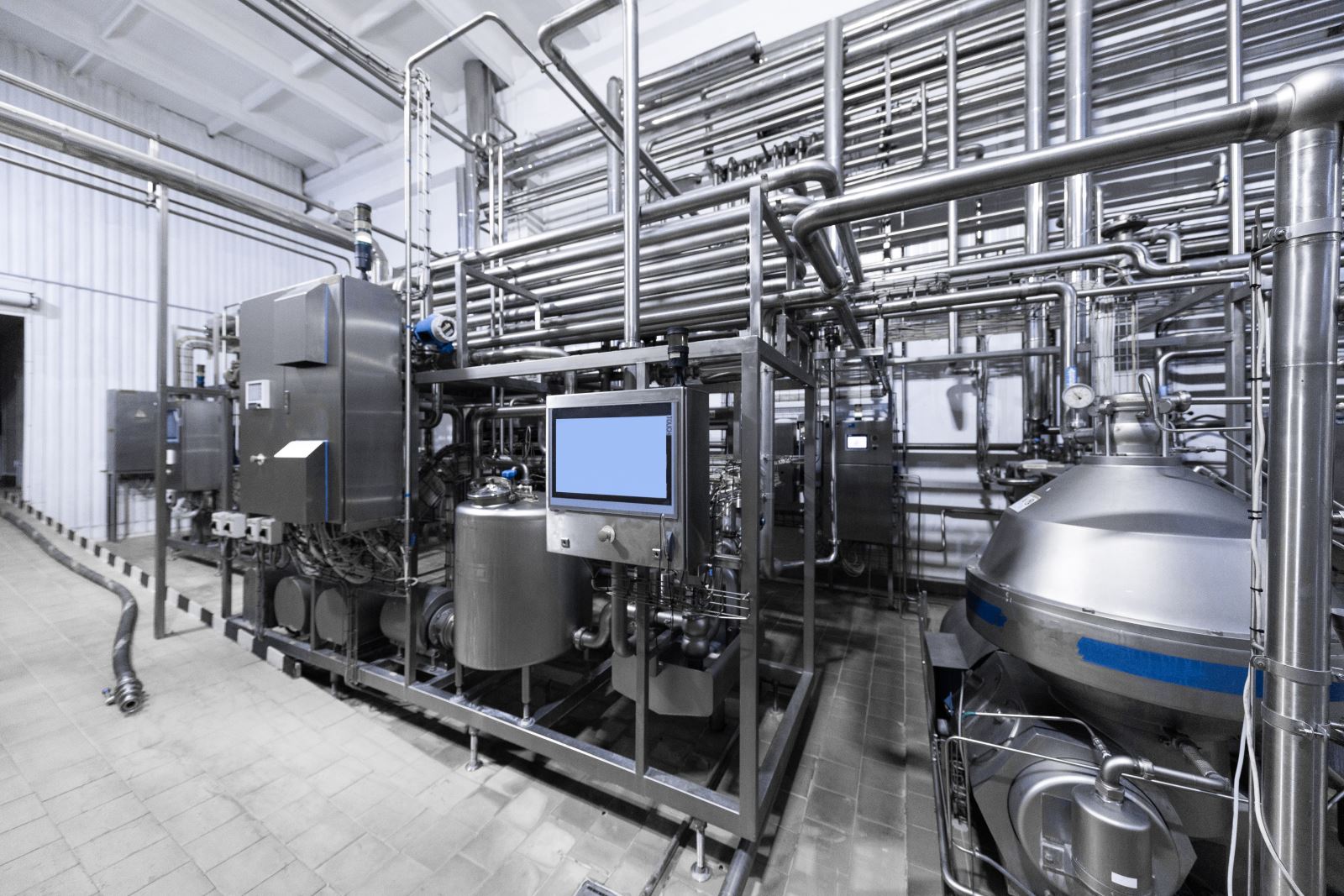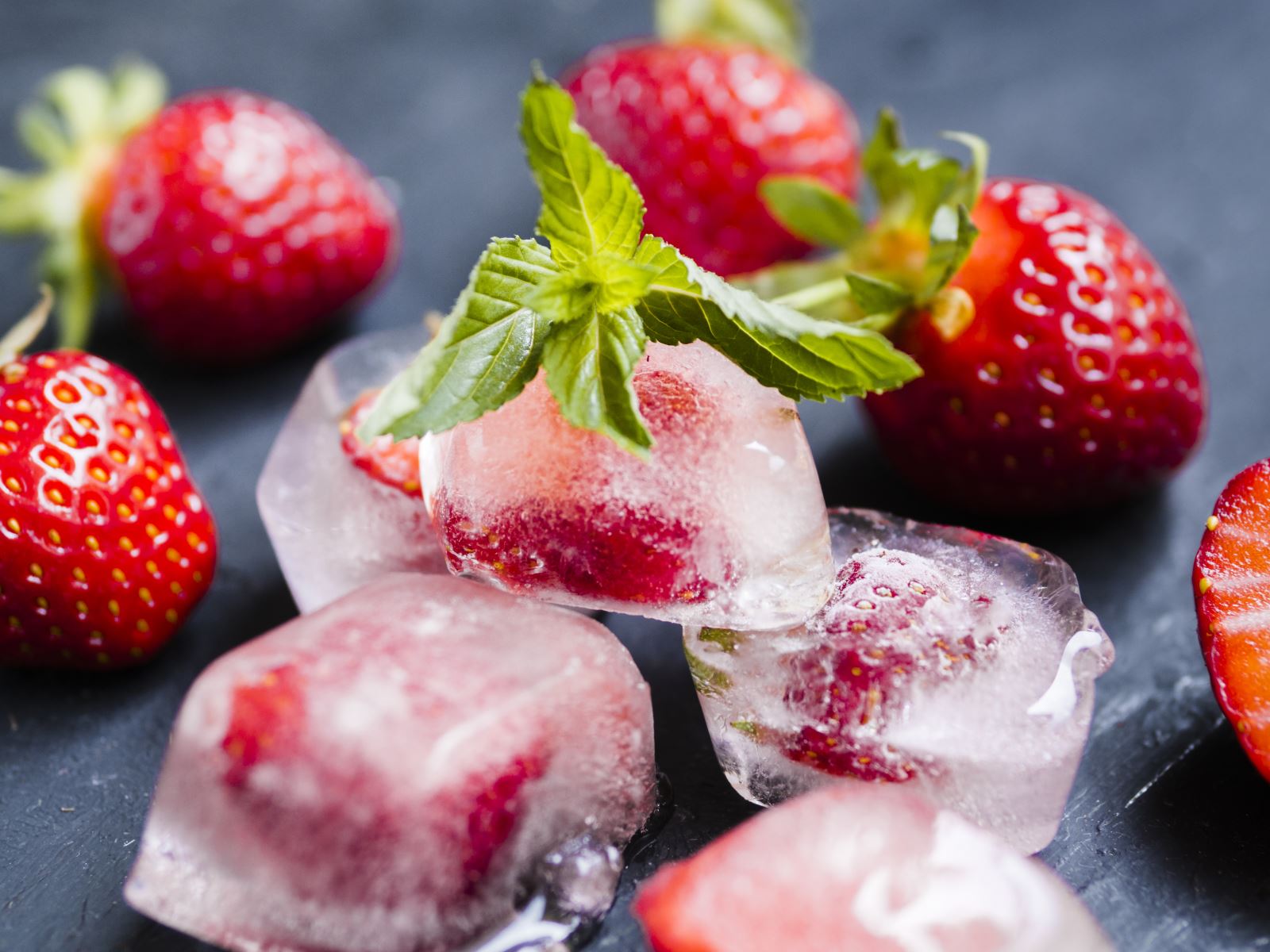Food science is the discipline concerned with the biological, chemical, and physical aspects of food, from harvesting or slaughtering to consumption; that is, “from the farm to the fork”. Food technology, on the other hand, is the application of food science to select, preserve, process, pack, distribute, and use wholesome and safe food.
Food preservation is a process that involves preventing the growth of microorganisms—bacteria, fungi, yeasts, and more.—retarding oxidation and enzymatic reactions in order to extend the shelf-life of food, as well as maintaining its quality for a longer time.
Food preservation is one of the main food technologies that have been in use for ages. In the past, people used basic and simple methods to keep their food from spoiling and storing it for long periods; they sun-dried fruits and vegetables, salt meat and fish, and ferment milk. The techniques were primitive and the additives were natural, but these simple methods saved countless lives during famines, wars, and natural disasters.
Time has changed. Science, mechanization, and technology have broken through the food preservation domain. Pasteurization was discovered, machines did more parts of the process, dryers have become electrical, chemical food additives are widely used; now, the process has become fully mechanized with minimal interference from humans.
Famous Food Preservation Techniques
Drying: One of the oldest and most used methods, it involves the removal of water from the food product. Long ago, people dried their food by sunlight, air, or wind. Recently, new technologies and machines are used beside the old techniques, such as electric food dehydrators or spray and drum dryers, which are used for making powder milk and juice.
Smoking: One of the oldest preservation methods, it is the exposure of food to smoke from burning wood. The chemical components of the smoke act as preserves and the heat dries the food product. A familiar example for this method is smoked fish, which is salted then smoked to ensure its safety.
Pickling: A famous method for preservation, it consists of conserving the food in a salty solution (brine), vinegar, or oil. Examples include pickled vegetables such as cucumber, olives, carrots, etc.

Curing with salt (salting): It consists of adding high amounts of salt to the food so that water is drawn out by osmosis. Recognized examples include salted fish such as sardines and Fesikh; however, eating Fesikh may cause dangerous health issues if inappropriately conserved.
Sugaring: The same technique of salting but we use sugar instead of salt. The food is stored in a sugary solution or cooked with sugar as in jams.
Canning: Discovered by French confectioner Nicolas Appert. Food is cooked and sealed in sterile cans or jars, that are then boiled to kill or weaken any remaining bacteria. If this is accurately done, food remains safe as long as the can or jar is sealed. People used to cook the food and boil glass jars at home; nowadays, fully mechanized factories prepare canned food.
Pasteurization: Discovered in 1862 by French scientist Louis Pasteur, this method is used with liquid food only. It consists of heating the food 72°C-75°C for 15-30 seconds, then immediately cooling it to 4°C. Pasteurized food must be stored in refrigerators; an example is pasteurized milk.

Ultra High Temperature (UHT) sterilization: A stronger form of pasteurization, liquids are heated 135°C-140°C for a few seconds, then cooled and packed in sterile containers. This method kills all microorganisms in the food. UHT treated food can be kept in room temperature for months; examples are milk and juice packs we find in stores.
Refrigeration: A recent technology that originated after the discovery of electricity and the invention of refrigerators, food is kept at a low temperature (4°C or lower) to slow down the growth of microorganisms and the enzymatic actions. A common example is any type of food stored in refrigerators in houses, factories, and restaurants.
Freezing: A technique close to refrigeration, freezing food at ⁻18°C or lower stops microbial growth and enzymatic actions, thus, extending the conservation several months. This method is widely used nowadays for fresh and cooked food; examples for this method include commercial frozen vegetables and any type of frozen food stored in domestic or large freezers.

Artificial food additives: Antimicrobial or antioxidant chemical substances that prevent spoilage and deterioration of the food; they are safe if used according to the recommended amounts. Examples include the use of nitrates and nitrites in processed meat.
Irradiation: Sometimes known as “cold pasteurization”, this is a recent technology where food is exposed to ionizing radiation that kills microorganisms, insects, and pests.
*******************************************
At the end, we should all know that food conservation always has been and will remain a lifesaving technology. Following strict hygienic practices during preparation is compulsory to ensure safe nutritious food.
Although a lot of progress has been done in this domain, discoveries never end, and there is more to come!
References
ift.org
en.wikipedia.org
fao.org
Images: Freepick.com